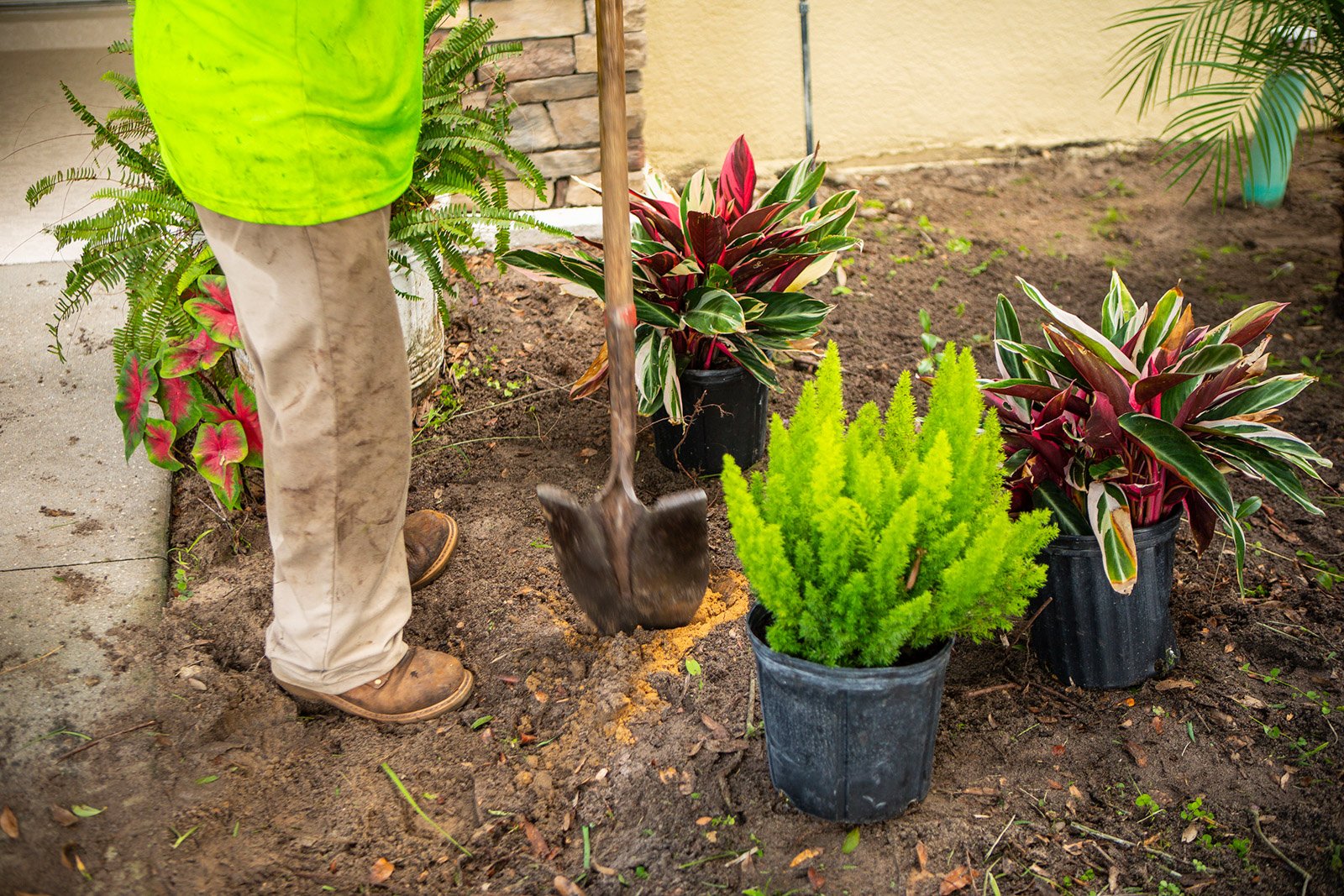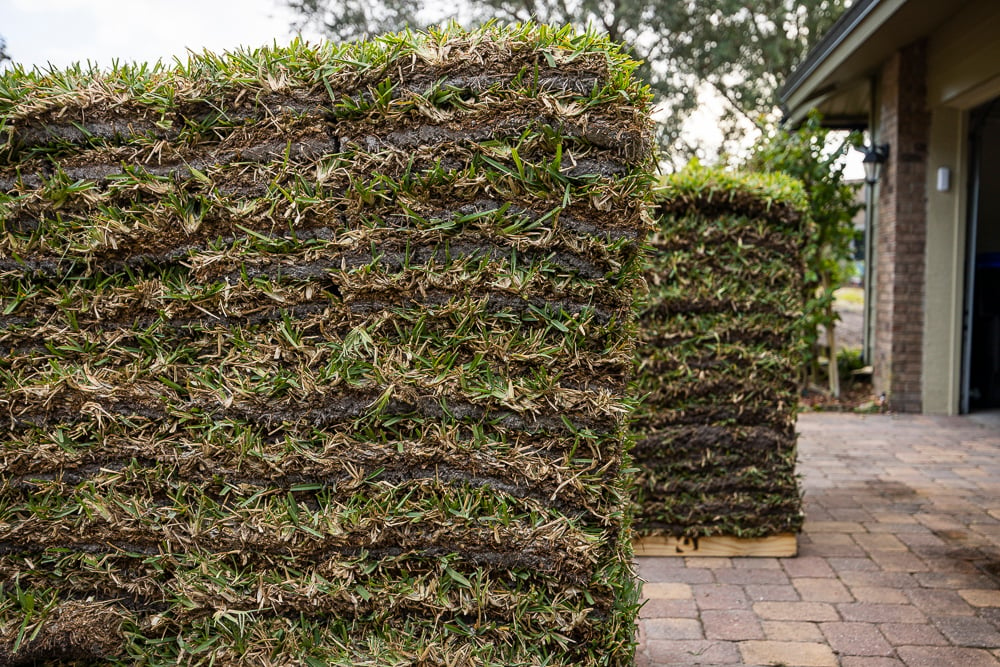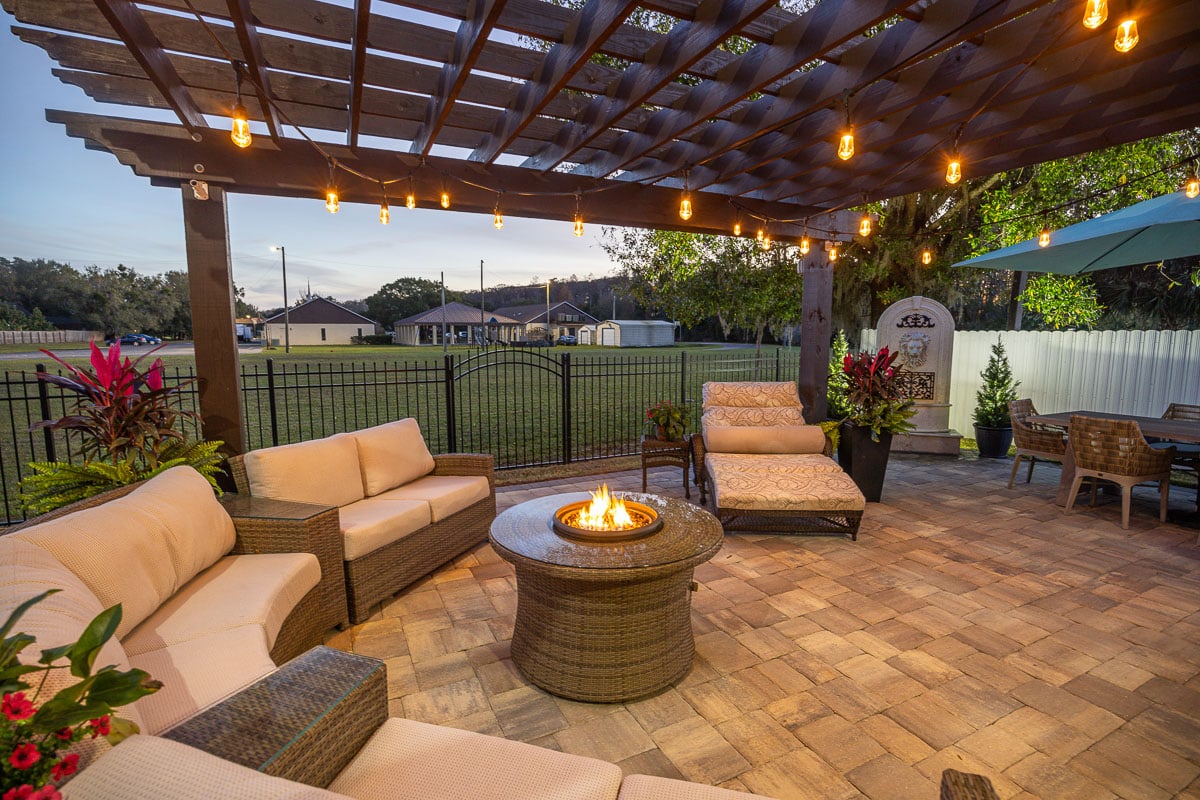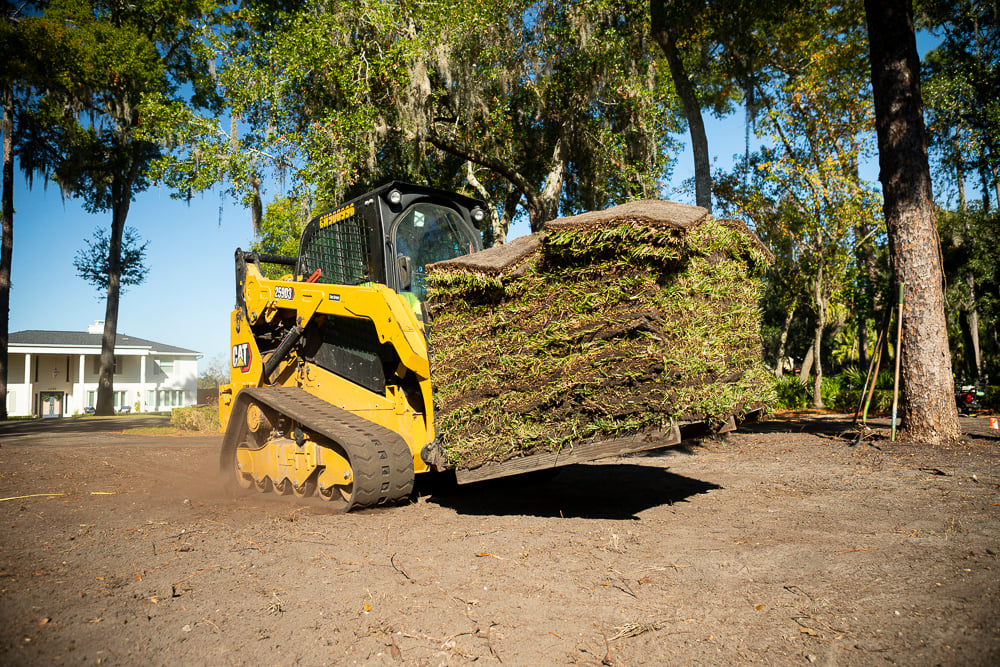You don’t want to be the neighborhood’s example of bad sod installation. People pointing, whispering, driving really slowly past your house.
You went through that once when you installed your own roof, remember?
Sod installation in Florida isn’t the hardest thing in the world, but it isn’t the easiest, either.
How to install sod in Florida?
We’ll start with a few crucial don’ts, then wrap up with some all-important sod installation tips.
You’ve got this.
Don’t Wait Too Long to Install the Cut Sod
Put off unloading the dishwasher or getting a haircut, but don’t delay when it comes to installing sod.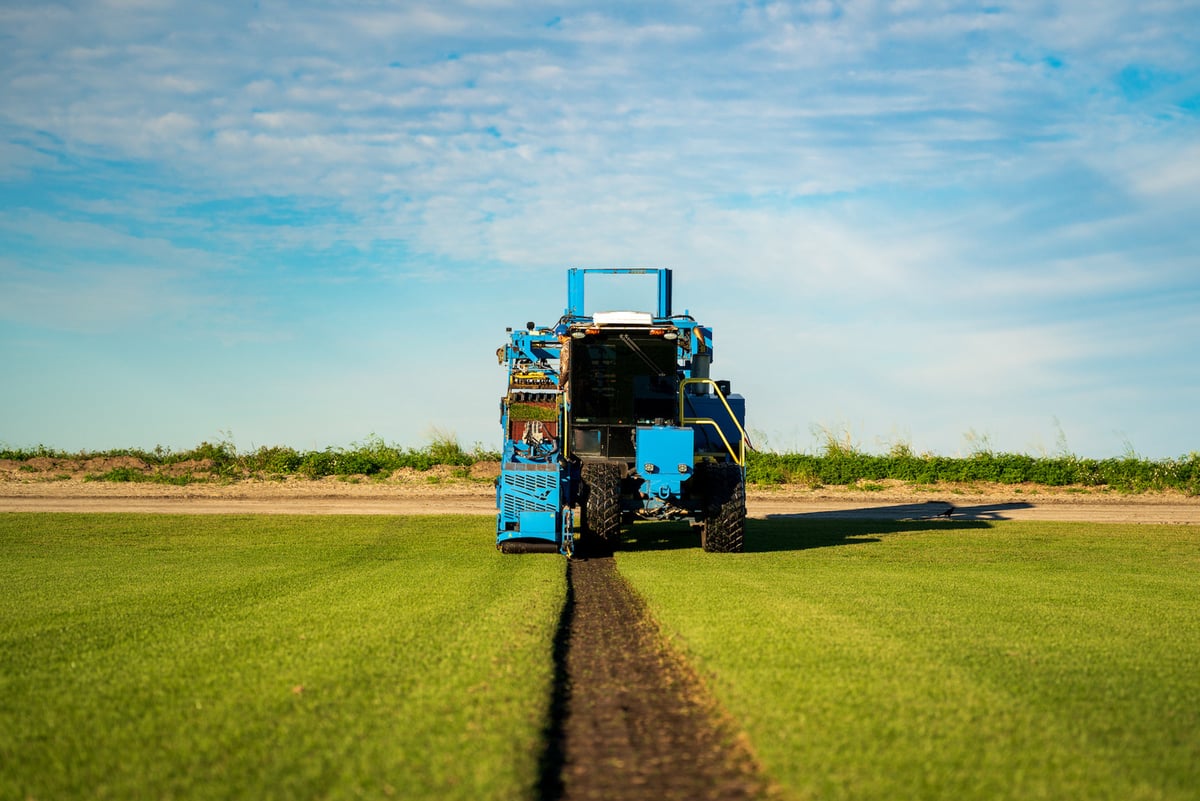
Technically, cut sod will last about 36 hours in the summer in Orlando and about 72 hours in the winter.
But the sooner your fresh sod goes from the farm to your soil, the better, so it doesn’t dry out. The same day is best. Bad sod installation starts with dry sod.
Don’t Overlap the Seams
It’s tempting to overlap the pieces of sod during installation, to make sure there aren’t any gaps between slabs. But you’ll end up with an uneven, lumpy lawn.

The seams should be lined up just right, with no overlap and no space in between.
Don’t Install New Sod Over Existing Grass
Another tempting short cut. Don’t take it.
Your new sod needs to establish its roots in the soil, to take advantage of the water and nutrients there.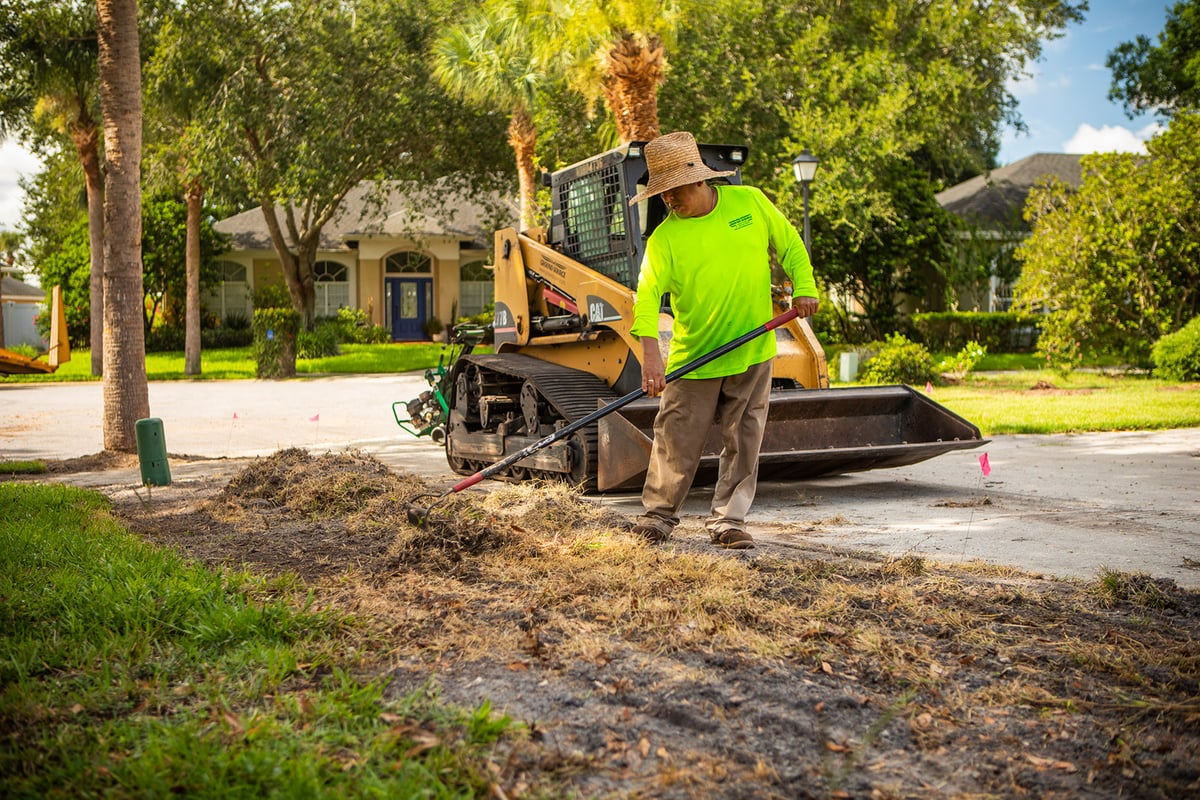
Leaving a layer of grass underneath your new sod prevents it from taking root and increases the chance that the new lawn will die from lack of nutrients and moisture.
Removing your old lawn before laying new sod is crucial for a healthy root system — and one of the most important sod installation tips.
Sod Installation Tip: Don’t Water New Sod Too Much
Central Florida sod installation means making sure your new sod gets enough water.
But can you overwater new sod? You bet.
The sod should be damp, but not soggy or muddy. If you’ve been watering a lot, back off a bit and give your sod a chance to recover from being soggy.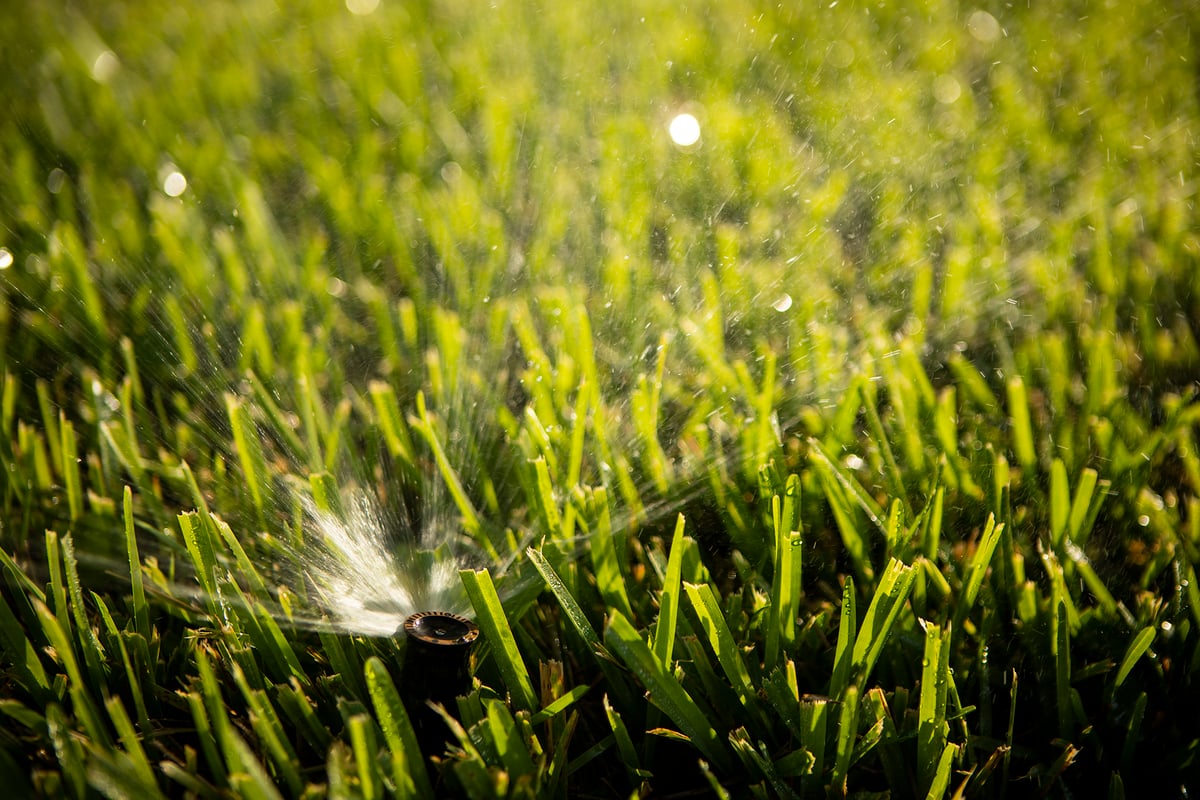
What does overwatered need sod look like? Check for root rot by lifting the sod and inspecting the roots. If the roots are brown and soft and look like they’re rotting, you’re likely watering the sod too much. Also, that’s gross.
In general, watering is a gradual process. You’ll water a couple times a day for the first week, drop back to once a day the second week, and four times a week the third week.
With Ground Source, you’ll get detailed instructions for watering new sod in our sod care guide.
Central Florida Sod Installation: Do Check Your Irrigation System Before Delivery
Imagine happily gazing out at your fresh new sod lawn, turning on the sprinkler system to provide that important first watering and… nothing happens.
Noooooooooo!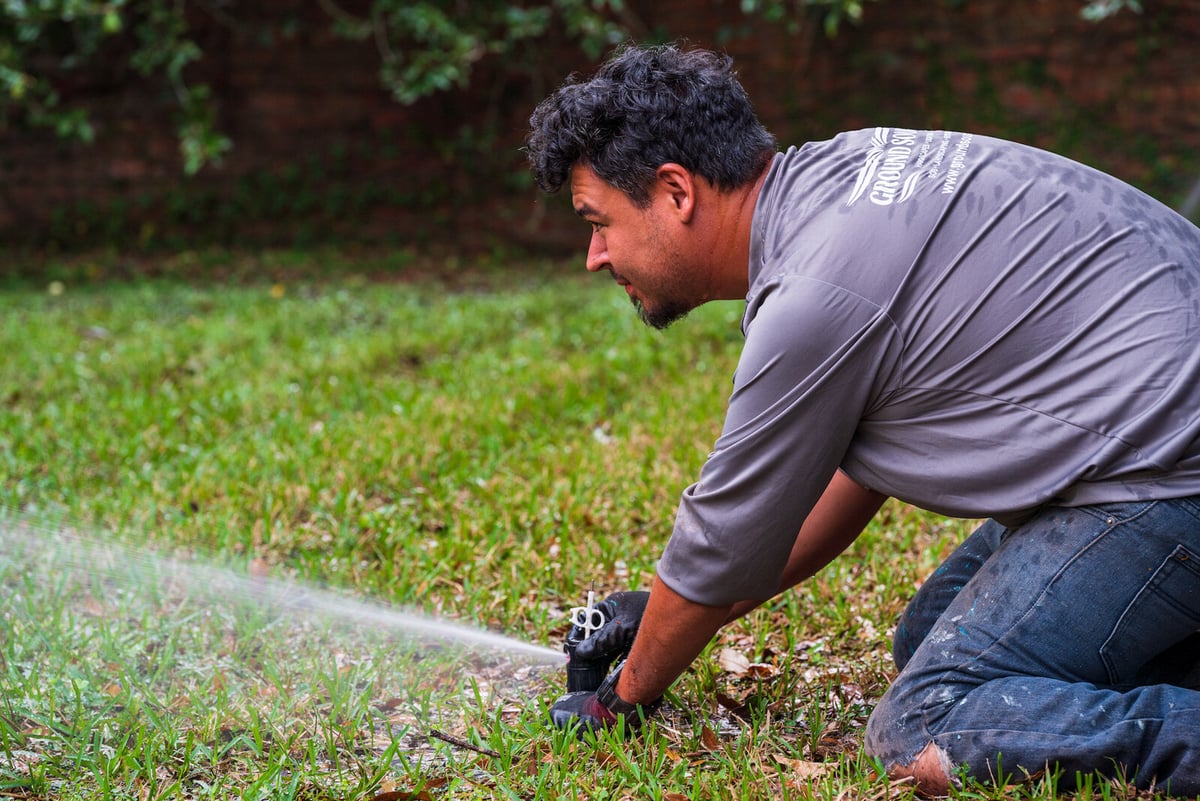
You don’t want to find out after your new sod is down that you have broken heads, a zone that doesn’t work, or controller problems.
You want to know that now, so you can have any problems repaired before your sod delivery, to avoid those dreaded brown spots in your new sod.
Do Choose the Right Type of Sod
If you choose the wrong type of hot sauce for your taco, your mouth might be on fire for a while. Unfortunate, but not a disaster.
Choose the wrong type of sod for your Central Florida yard’s conditions, and your new lawn won’t thrive.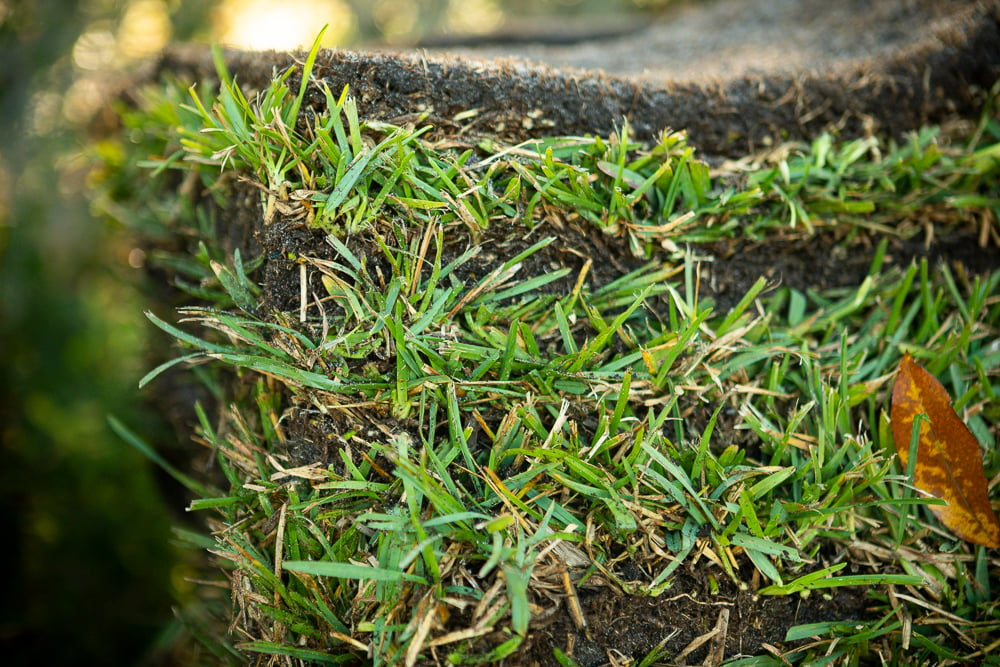
All sod isn’t the same. There are several varieties, and certain types of sod do best in our weather conditions.
Matching the right sod to your site’s conditions is crucial preparation before Central Florida sod installation. Not sure? A good sod installer will walk you through your best choices.
Do Fertilize Your New Sod
Don’t make your new sod skip breakfast. A starter fertilizer encourages your new sod’s roots to get established, then strengthens them so your sod is less susceptible to disease and insects.
Do Water Enough
Any good list of sod installation tips will include the importance of watering. Your new grass is really thirsty — especially here in the heat of Florida.
Make sure water reaches every area of your new sod lawn. Sprinklers sometimes miss edges and corners, making these spots dry out faster than the center of the lawn.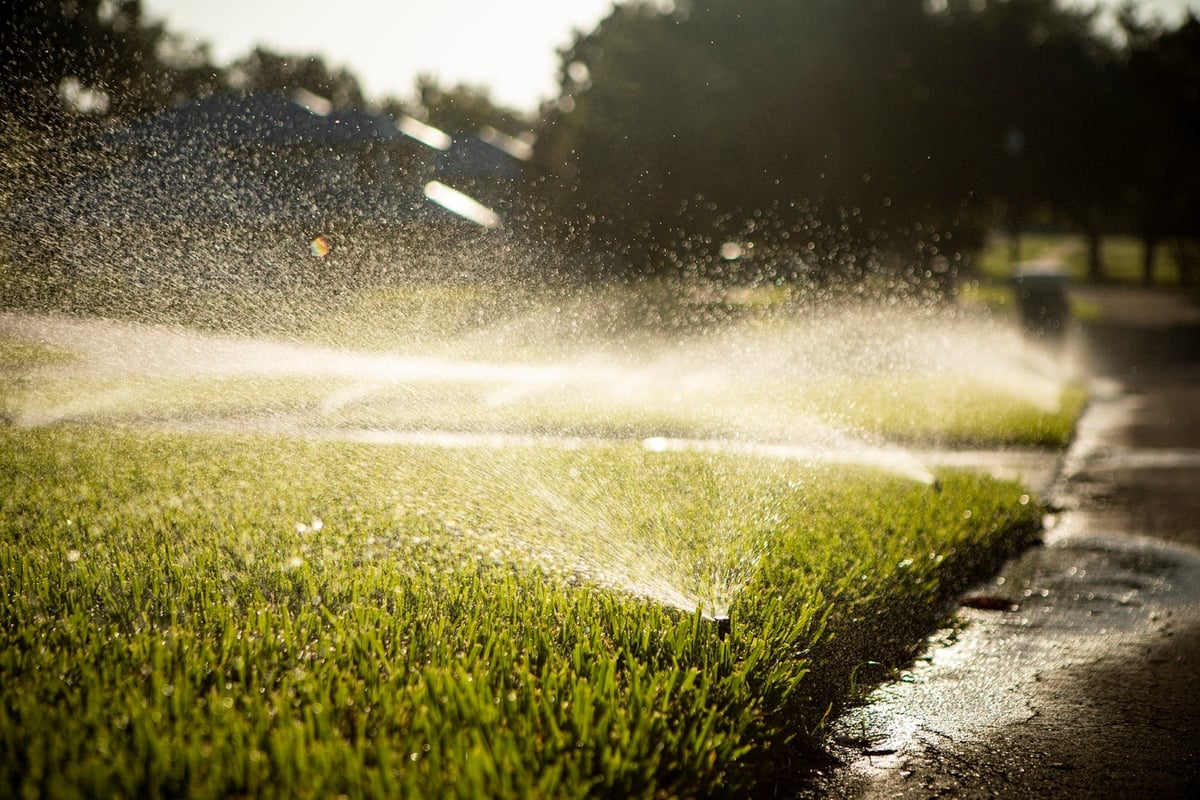
Keep in mind that areas of sod near buildings, concrete, and asphalt will typically dry out faster due to reflected heat and may need additional water.
Water between midnight and 4 a.m. That’s when your lawn and landscaping can best absorb the water, and it will saturate well.
If you water too little, your sod will wilt and die. Roots dry out quickly, and gaps can appear if the sod loses moisture after installation, causing the pieces to shrink.
Do Avoid Sod Webworms
Central Florida sod installation means knowing about the biggest insect bad guy causing new sod problems around here — the sod webworm.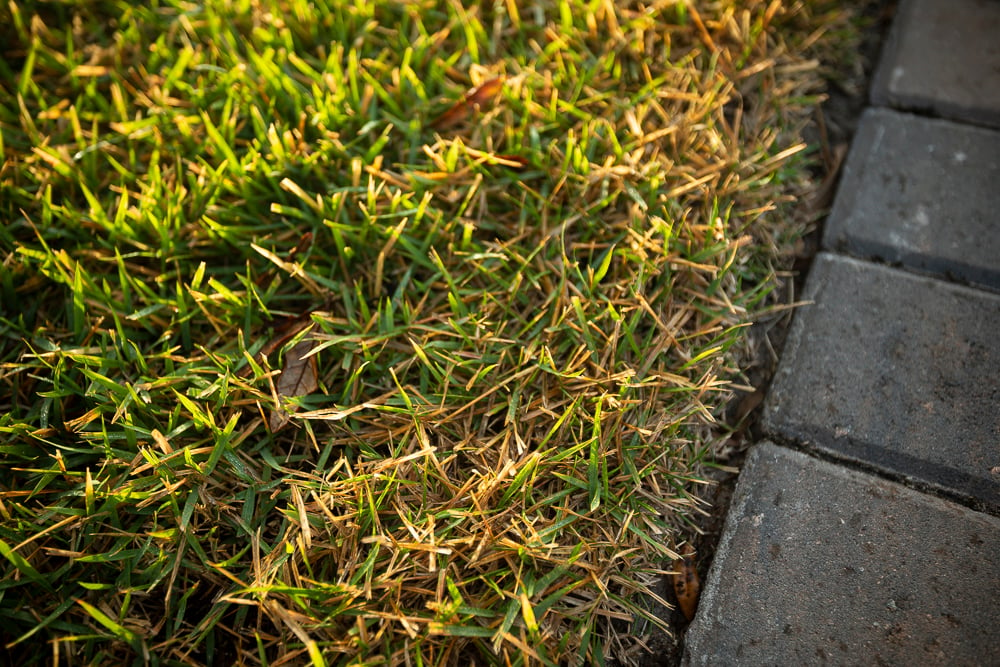
These yucky pests lay their eggs in the sod, and when they hatch, the larvae devour your grass. Rude! Then, brown spots.
Only buy sod from farms that use an expensive webworm preventative, to keep the sod free of the damaging pests.
Big Sod Installation Tip: Do Hire a Pro
If your head is spinning from all these important do’s and don’ts and all you really want to do is go out to brunch, here’s a tip: order the Bloody Mary. Also, hire a professional sod installer.
Nobody expects you to do an expert job. This isn’t your full-time gig.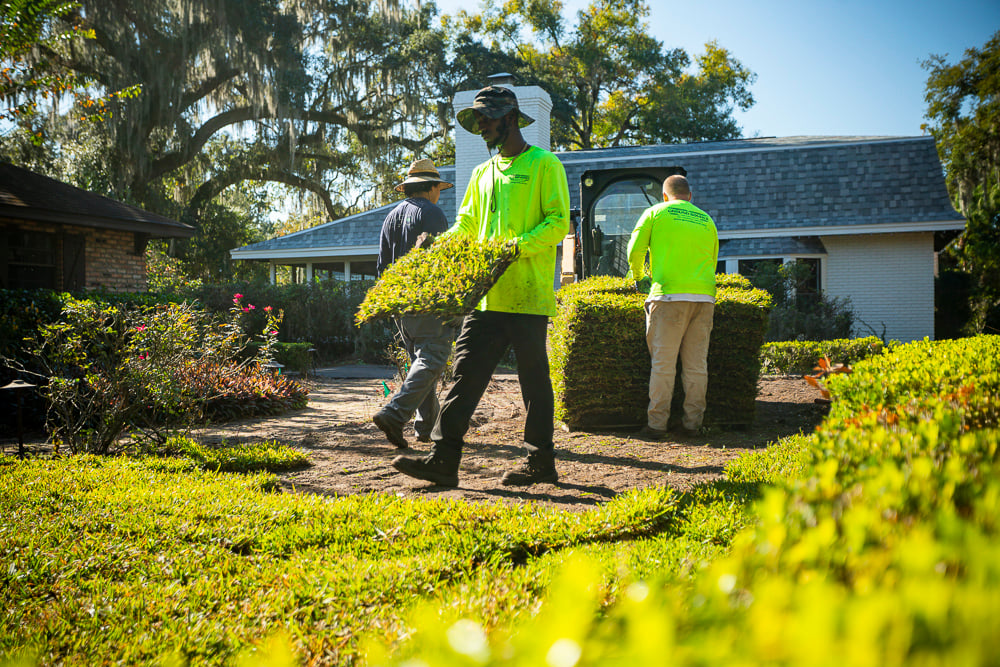 But Central Florida sod Installation company crews do this work every day. We’re as proficient at this as you are at your job.
But Central Florida sod Installation company crews do this work every day. We’re as proficient at this as you are at your job.
This is hard work. It involves skill, precision, muscles, and professional equipment.
One More Sod Installation Tip: Trust Ground Source for Fresh, Quality Sod
Each step in sod installation is important.
The best way to avoid bad sod installation mistakes is to hire a professional with years of experience laying sod in Florida.
We’re sod experts, but our skills don’t stop there. We’re with you every step of the way as you plan your perfect outdoor space.
Sod, irrigation, landscape design: Let us transform your yard from an embarrassing eyesore to a place you spend every spare minute.
Are you ready to enjoy the vibrant, impressive yard you've always wanted? Request a quote today! We’ll help you review your options and then transform your yard.





